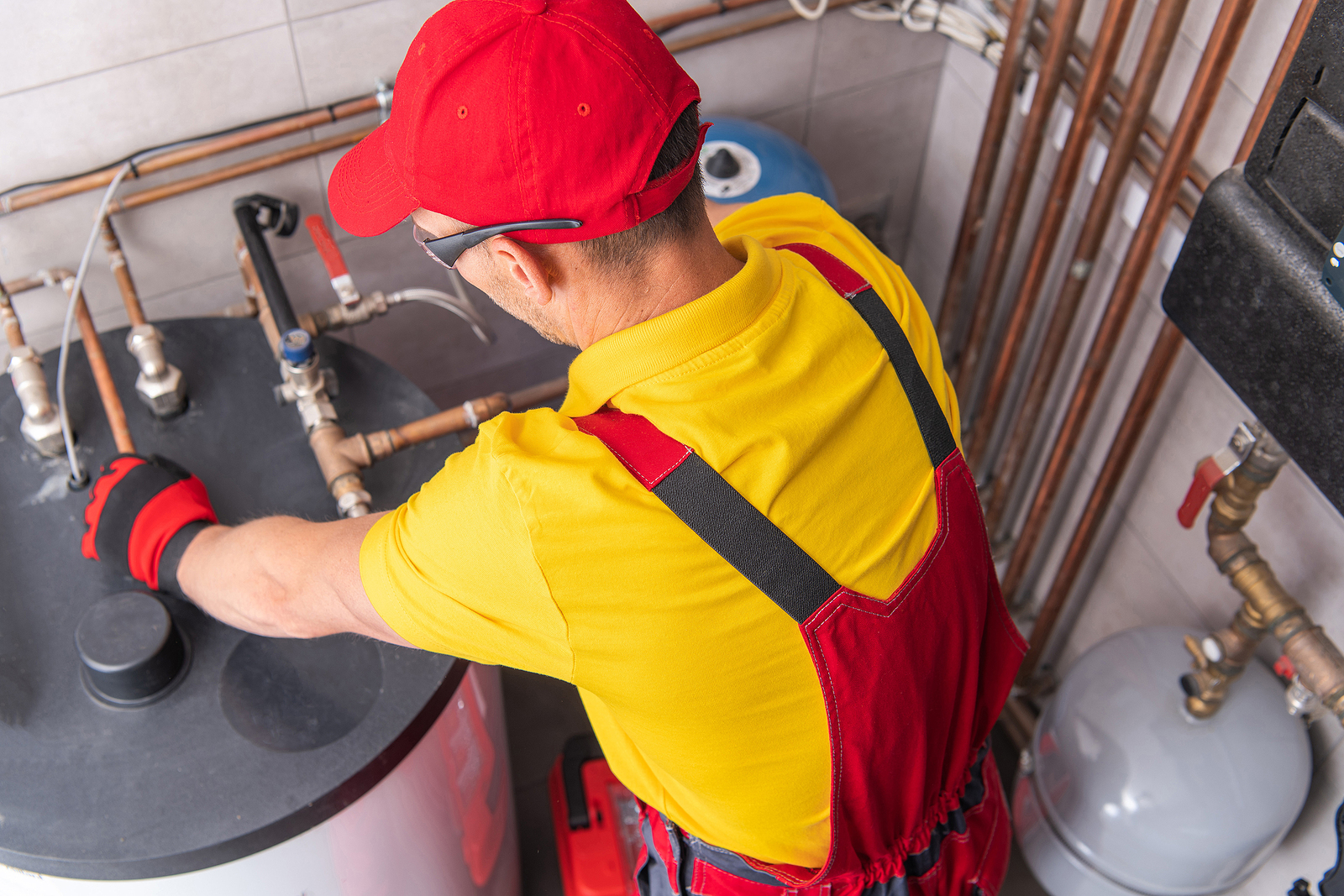Winter is just around the corner, and preparing your house can make a big difference in comfort, safety, and costs. If you’re wondering how to wrap up your year right, this guide offers key insights on getting your home ready for winter, from sealing drafts and insulating pipes to scheduling heating system checks and clearing gutters. By the end, you’ll feel confident in the steps you need to take to protect your home through the cold months.
Inspect Heating System and Insulation
When you’re focused on getting your home ready for winter, one of the smartest first moves is to schedule a heating-system inspection. According to a recent guide, servicing your furnace, boiler, or heat pump in the fall helps ensure it can perform efficiently and safely.

Also, sealing air leaks and boosting insulation can cut heating costs. The U.S. Department of Energy says sealing gaps around doors and windows can save about 5–10 % on energy costs.
Key actions:
- Replace air filters and have your furnace or heat pump serviced.
- Inspect attic and exterior wall insulation; add more if needed.
- Seal drafts around windows and doors with caulk or weather-stripping.
- Protect Pipes, Gutters, and Exterior Systems
Another crucial step in getting your home ready for winter is safeguarding vulnerable infrastructure. Freezing water in hoses, spigots, or pipes can lead to major water damage. And blocked gutters pose a risk of ice dams or water intrusion once snow or melting occurs.
What to do:
- Disconnect and drain garden hoses; shut off exterior spigots.
- Clean gutters and downspouts so they’re clear ahead of freeze-thaw cycles.
- Inspect exposed pipes in crawl spaces, attics, or exterior walls and wrap or insulate them.
Improve Safety, Efficiency, and Comfort
Efficient homes are also safer homes. While preparing your home for winter, it’s essential to inspect your heating equipment, detectors, and other safety components. According to winter safety guidance, heating equipment fires remain the second leading cause of home fires in cold seasons.
Additionally, tuning up insulation and sealing openings improves comfort and reduces energy bills.
Recommendations:
- Test or replace smoke and carbon-monoxide detectors and make sure chimneys and vents are professionally inspected.
- Ensure ceiling fans have been set to clockwise direction in winter to push warm air downward.
- Use rugs or mats on cold flooring, and keep furniture away from vents or radiators to allow proper airflow.
Boost Curb Appeal and Value for the Market
For real estate enthusiasts and homeowners who may sell in the future: incorporating winter-ready maintenance into your overall home-care strategy helps maintain value and appeal. When you think about getting your home ready for winter, you’re also showing buyers that the home has been well-maintained.
- Add or maintain insulation and energy-efficient windows or doors, which buyers recognize as assets.
- Repair roof shingles or flashing before winter to avoid ice-dam or leak damage.
- Keep landscaping tidy and tree limbs trimmed away from the roof and siding to avoid storm damage and improve visual appeal.
Planning for the Season Ahead
Even if you’re not selling, winter-proofing creates peace of mind and a smoother season ahead. By following this roadmap for getting your home ready for winter, you’ll reduce the likelihood of emergencies, minimize utility surprises, and maintain a comfortable living environment.
Start by picking a weekend or two in late fall to tackle the essential tasks. Create a checklist (exterior, interior, safety) and tick off each item. Seasonal preparation doesn’t have to be overwhelming if done in stages.
Preparation now pays dividends when cold weather arrives. Your home will be safer, more efficient, and ready for whatever this winter brings.



